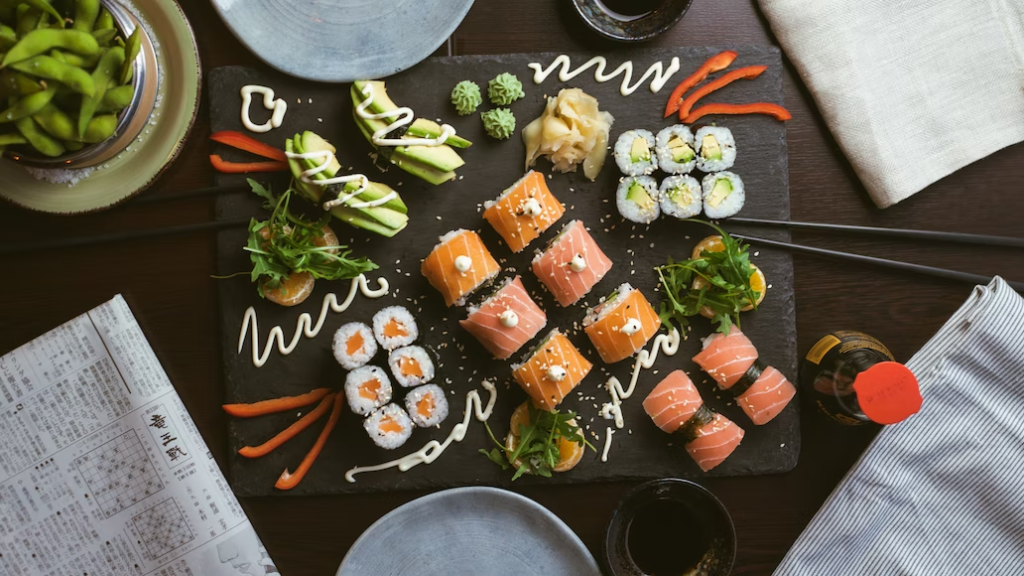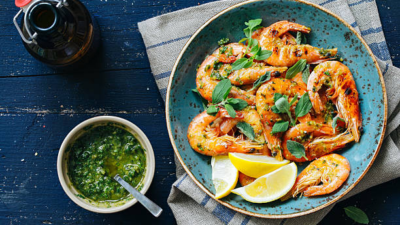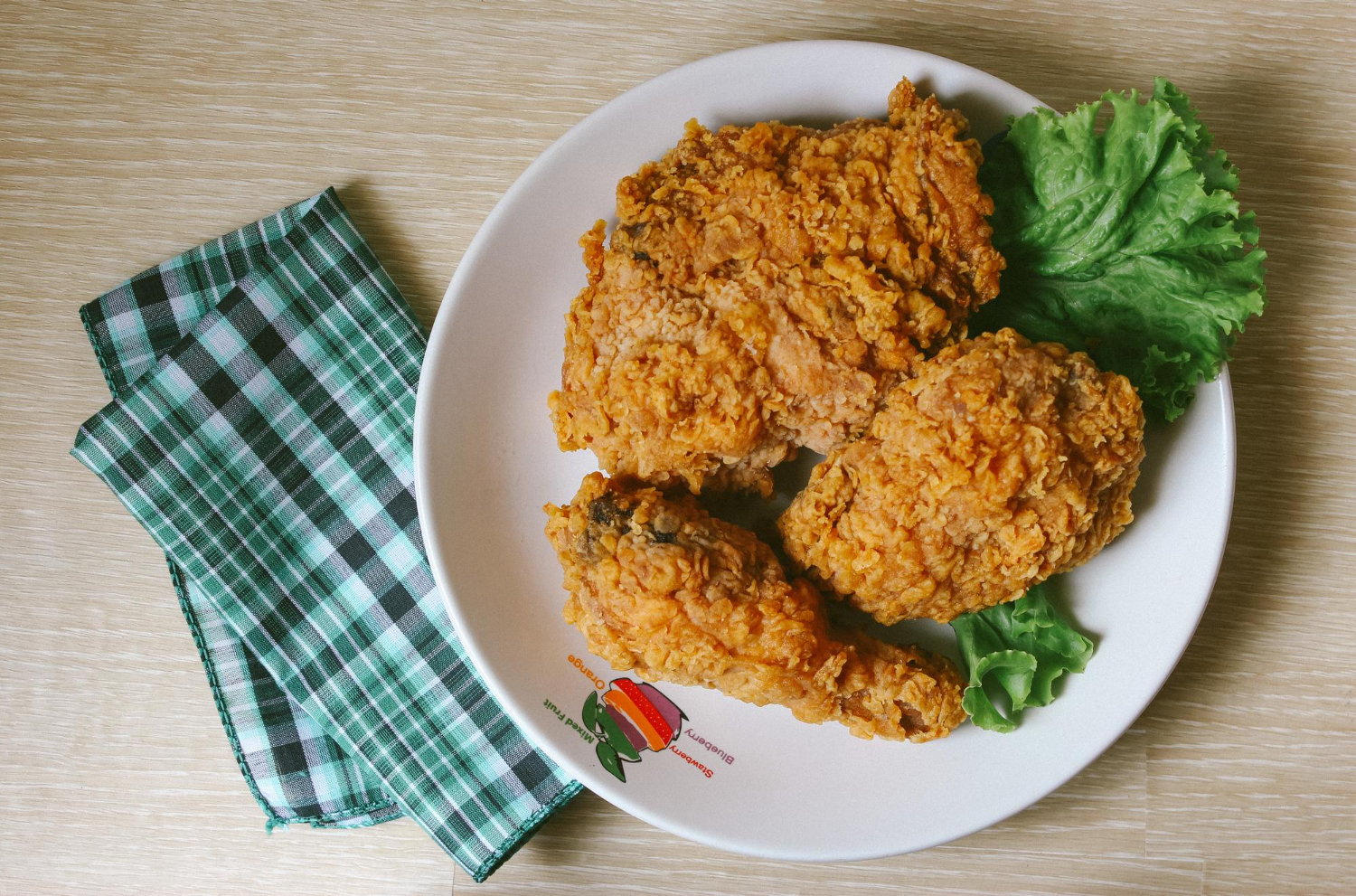The Japanese take a lot of pride in their cuisine and food culture. The way they eat, what they eat, and why they eat are all different from the Western world. This article will explore Japanese food’s history, geography, social customs and philosophy.

Rice is more popular than noodles in Japanese food.
Rice is a staple in Japanese cuisine and can be found in savoury and sweet dishes. While noodles are also popular in Japan, rice is the preferred grain. In fact, it’s estimated that the average Japanese person eats about 40kg of rice per year!
There are many reasons why rice is so popular in Japan. For one, rice is an excellent source of energy and nutrients. It’s also very versatile and can be used in a variety of dishes. Additionally, rice has a long history in Japan and is deeply ingrained in the country’s culture.
While noodles may be gaining ground in popularity, there’s no doubt that rice remains the king of grains in Japan.
The number of dishes served at a typical Japanese meal varies depending on the occasion.
A typical Japanese meal usually consists of three to four dishes. The number of dishes served varies depending on the occasion. For example, a formal dinner party would typically have more courses than a casual family dinner.
Some common dishes that might be served at a Japanese meal include sushi, sashimi, soup, salad, rice, and tempura. A traditional Japanese breakfast often consists of steamed rice, miso soup, pickled vegetables, and fish or meat.
Japanese food is known for being healthy and delicious. Using fresh ingredients and simple cooking methods results in meals packed with flavour and nutrients.
Sushi is not raw fish; it is vinegared rice with other toppings.
Sushi is one of the most popular Japanese dishes, but many people don’t know what it is. The sushi is not raw fish; it is vinegared rice with other toppings. The fish commonly associated with sushi is sashimi, which is thinly sliced raw fish.
There are many different types of sushi, but the most common are nigiri (hand-pressed sushi), maki (rolled sushi), and uramaki (inside-out rolls). Nigiri is made by pressing vinegar-flavoured rice into a ball and topping it with a piece of fish or other seafood. Maki is made by rolling vinegared rice and other ingredients in nori (seaweed sheets) and then slicing them into bite-sized pieces. Uramaki is made similarly, but the nori sheet is wrapped around the rice on the outside instead of on the inside.
Sushi can be found all over Japan, but it originated in the city of Osaka. In the early 1800s, a sushi chef named Hanaya Yohei created nigiri sushi as a quick and easy meal for busy people. Nowadays, sushi is enjoyed all over the world as a delicious and healthy food option.
Common meat toppings for sushi include imitation crabmeat, salmon, tuna and squid.

Japanese food is often considered healthy, delicious and unique. Sushi is one of the most popular Japanese dishes, enjoyed by people all over the world. Sushi is made with rice, vinegar, salt and a variety of toppings, including raw fish, seafood, vegetables and more.
There are many different types of sushi, but some of the most common include nigiri (hand-pressed sushi), maki (rolls), hosomaki (thin rolls) and temaki (cone-shaped sushi). Sushi can be served with a variety of different dipping sauces, such as soy sauce or wasabi paste.
One of the most interesting things about sushi is that there are no set rules about what toppings to use. While some traditionalists may stick to classic ingredients like tuna, salmon and squid, others may experiment with more unusual toppings like chicken, beef or even fruit. So whether you like your sushi simple or adventurous, there’s sure to be a topping that you’ll love!

















[…] Further reading: 10 Interesting Facts You Didn’t Know About Japanese Food […]